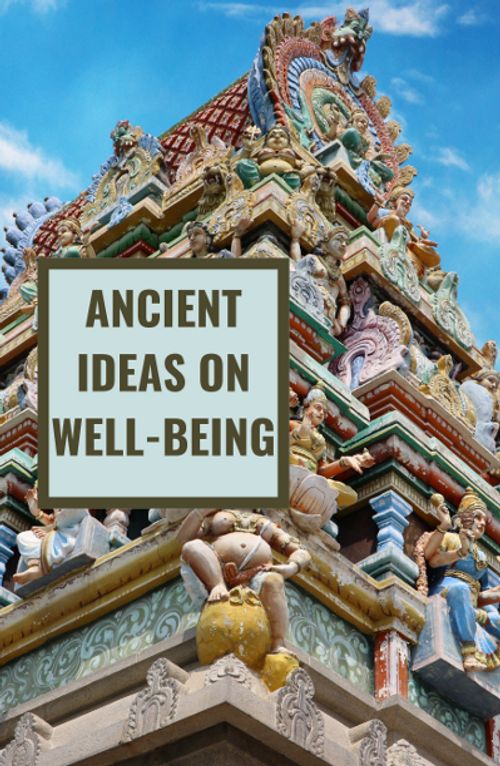How to lead the best life? Contemporary psychology vs Ancient India
Aug 10, 2022 · 2 mins read
0
Share
Introduction. Abraham Maslow is one of the most cited psychologists of all time. He's most famous today for his Hierarchy Of Needs - a theory of human motivation. Let's compare Maslow's ideas with ancient India's model of the ideal life. Some fascinating differences👇
Save
Share
Maslow's Hierarchy Of Needs: "Physiological, safety, love, esteem, and self-actualization." As each level is satisfied, the next "higher need" emerges. The current need we are trying to satisfy becomes the central organizing force of our behavior - it "monopolizes" attention.
Save
Share
The Purushartha Model. This model doesn't have 5 core needs but rather 4 basic goals of human life: Artha(wealth), Kama(desires), Dharma(virtues), and Moksha(freedom). Instead of a hierarchy of needs, we have a circle of goals.
Save
Share
Similarities. There are clear overlaps here: it's hard to satisfy physiological needs like hunger or to feel safe without Artha, that is, wealth and material power. Maslow also noted some people are willing to give up everything "for sake of a particular ideal" - akin to Dharma.
Save
Share
Under the Purushartha model, Dharma is a set of values that one lives by. Some Indian philosophy texts and epic poems (Kamasutra and Mahabharata) put Dharma - spiritual values - over material power (Artha) and the satisfaction of desires (Kama) - flipping Maslow's hierarchy.
Save
Share
The differences. Maslow described a human as a "perpetually wanting animal." In contrast, Ancient Indian texts believed that it was possible to achieve equilibrium between these competing drives - in fact, the final goal was to break out of the bonds of our perpetual desires.
Save
Share
Maslow: " A musician must make music, an artist must paint, a poet must write, if he is to be ultimately happy. What a man can be, he must be. This need we may call self-actualization." For Maslow, the highest need is to express one's innermost abilities via work and/or art.
Save
Share
The highest need of Purushartha: Freedom. Moksha, which broadly translates to spiritual liberation, is the highest goal of life according to classical Indian texts. While Maslow imagined the highest need as creative expansion, Moksha is the complete freedom from bondage.
Save
Share
While Maslow thought of food and sex as base physiological drives, they are considered in a fairer light in the Purushartha Model. Food can make one sick or healthy; sex can lead to guilt and disappointment, or enhanced intimacy. They're needs but can be satisfied well or badly.
Save
Share
The questions of well-being that obsess us today have obsessed many cultures throughout history. The model of Purushartha gives us unique answers to the questions of what to pursue, how to prioritize, and why to put values - Dharma - over material success. Follow me for more!
Save
Share
0
